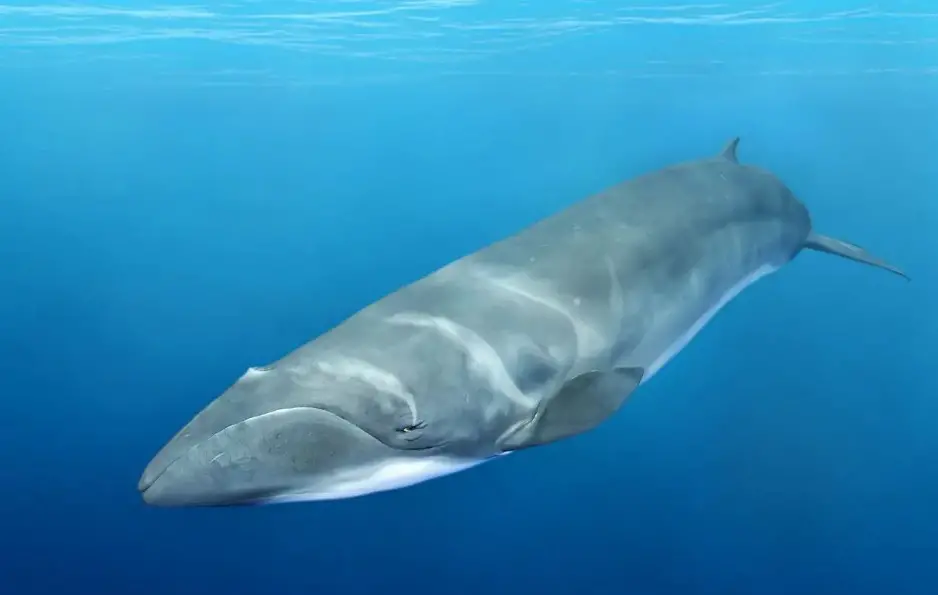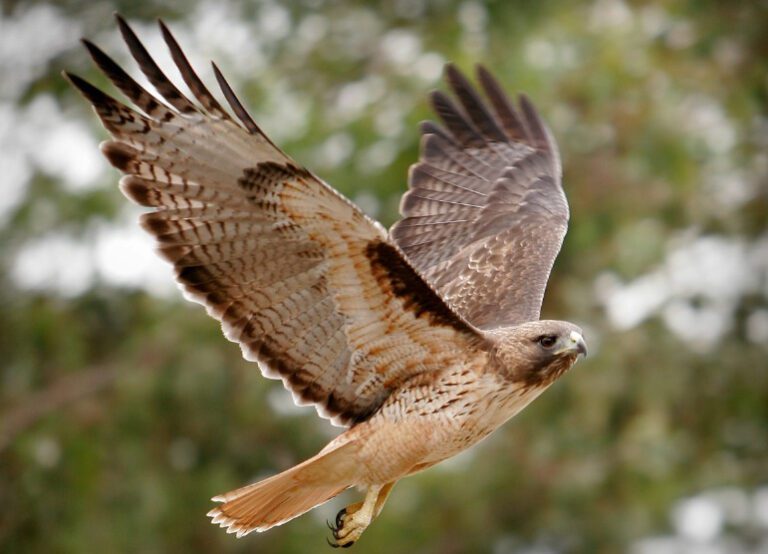Favorite Food of Baleen Whales | The Enigmatic Diet of Baleen Whales
Explore the favorite food of baleen whales, and uncover the fascinating world of these marine giants. Dive into their diet, feeding habits, and the crucial role they play in the ocean’s ecosystem.
Introduction to Baleen Whales
Baleen whales, often referred to as the gentle giants of the ocean, are a fascinating group of marine mammals that captivate researchers and enthusiasts alike. These majestic creatures belong to the suborder Mysticeti and are characterized by their baleen plates, which they use to filter feed on small marine organisms. From the massive blue whale to the acrobatic humpback, baleen whales encompass a diverse array of species, each with its own unique behaviors and habitats.
The Magnificent Baleen Whales
Baleen whales are among the largest animals on Earth, with some species reaching lengths of up to 100 feet and weights of over 200 tons. Despite their immense size, they are known for their gentle demeanor and graceful movements as they glide effortlessly through the ocean. Baleen whales play a crucial role in marine ecosystems, influencing the distribution of prey species and contributing to nutrient cycling through their feeding habits.
Understanding Baleen Plates
One of the most distinctive features of baleen whales is their baleen plates, which are made of keratin—the same material found in human hair and nails. These plates hang from the upper jaw of the whale and act as a filter system to strain small prey, such as krill and fish, from the water. Baleen plates vary in size and shape among different species and are essential for the whale’s feeding process.

Favorite Food of Baleen Whales
Baleen whales primarily feed on krill, copepods, and small fish, with krill being a favorite for many species. They use their baleen plates to filter these small sea creatures from the water. The diet can vary among species, with some also consuming schooling fish. Baleen whales typically follow a feast-or-famine cycle, gorging on food to build up fat reserves before migrating, during which they may eat less or not at all. This diet is crucial for their survival and enables their long migrations across the oceans.
Overview of Baleen Whale Diets
Baleen whale diets can vary depending on factors such as species, location, and season. Some species, like the blue whale, have a preference for krill, while others, such as the humpback whale, may consume a more varied diet that includes both krill and fish. Understanding the dietary preferences of baleen whales is crucial for conservation efforts and ecosystem management.
Krill: The Heart of Their Diet
Krill are small, shrimp-like crustaceans that form the foundation of many baleen whale diets. These tiny creatures congregate in vast swarms, providing baleen whales with a rich and abundant food source. Krill are highly nutritious and are essential for the growth and development of baleen whale populations.
Small Fish and Copepods
In addition to krill, baleen whales also feed on small fish and copepods, another type of small crustacean. These prey species are often found in schools or swarms and are important sources of food for baleen whales, particularly during times when krill populations are scarce.
Seasonal Feeding Habits
Baleen whales exhibit seasonal feeding habits that are influenced by factors such as food availability and migration patterns. During the summer months, when prey abundance is high, baleen whales may feed continuously to build up fat reserves for the leaner winter months. Understanding these seasonal feeding patterns is essential for studying baleen whale ecology and behavior.
Feeding Mechanisms
Baleen whales have evolved unique feeding mechanisms to capture and consume their prey. These mechanisms include lunge feeding, skim feeding, and filter feeding, each tailored to the specific needs of different species and prey types.
Filter Feeding: A Unique Strategy
Filter feeding is the primary feeding strategy employed by baleen whales, allowing them to consume large quantities of small prey in a single gulp. Baleen whales take in mouthfuls of water containing prey, then use their baleen plates to filter out the water, leaving behind the prey, which they swallow whole.
The Role of Baleen Plates in Feeding
Baleen plates play a crucial role in the feeding process of baleen whales, acting as a sieve to strain out prey from the water. These plates are made of keratin and are flexible yet durable, allowing baleen whales to efficiently capture and consume their food.
The Ecological Impact of Baleen Whale Feeding
Baleen whales play a significant role in marine ecosystems, influencing the abundance and distribution of prey species through their feeding habits. By regulating krill populations, baleen whales help maintain the delicate balance of ocean ecosystems and contribute to overall ocean health.
Regulating Krill Populations
Baleen whales help regulate krill populations by consuming large quantities of these tiny crustaceans. By controlling krill abundance, baleen whales indirectly influence the populations of other marine organisms that rely on krill as a food source.
Contribution to Ocean Health
The feeding habits of baleen whales have far-reaching implications for ocean health and biodiversity. By maintaining balanced prey populations, baleen whales contribute to the resilience and stability of marine ecosystems, ensuring the health and vitality of the oceans for future generations.
Seasonal Migration and Feeding
Baleen whales embark on epic journeys across the oceans, a phenomenon driven by the quest for food and suitable breeding grounds. These migrations are among the most remarkable natural events on the planet, often covering thousands of miles. The timing and routes of these migrations are intricately tied to the whales’ feeding habits, as they move between high-latitude feeding grounds in the summer and warmer breeding grounds in the winter.
The Connection Between Migration and Feeding
The link between migration and feeding in baleen whales is a testament to the adaptability and resilience of these marine giants. During the summer months in polar regions, baleen whales feed almost continuously, taking advantage of the abundance of krill and small fish. As winter approaches and daylight dwindles, these food sources become scarcer, prompting the whales to migrate to warmer waters. Here, they rely on their fat reserves, accumulated during the feeding season, to sustain them through the breeding and calving period.
Feast and Famine: The Annual Cycle
Baleen whales experience a cycle of feast and famine throughout the year, aligning with their migratory patterns. This cycle is crucial for their survival, as it allows them to build up energy reserves when food is plentiful and conserve energy when it is not. The ability to endure long periods without eating is facilitated by their blubber, a thick layer of fat that insulates them in cold waters and serves as an energy store during lean times.
Conservation Efforts
Conservation efforts for baleen whales have grown in importance as many species face threats from human activities. Initiatives such as marine protected areas, regulations on commercial whaling, and efforts to reduce ship strikes and entanglement in fishing gear are critical to the survival of these magnificent creatures. Research and monitoring programs also play a vital role in understanding baleen whale behavior, migration, and feeding patterns, informing conservation strategies and policies.
Threats to Baleen Whale Populations
Baleen whale populations face several threats, including climate change, pollution, ship strikes, and entanglement in fishing gear. Climate change, in particular, poses a significant threat by altering the distribution and abundance of krill and other prey species, potentially disrupting the whales’ feeding and migratory patterns. Pollution, such as plastic waste and chemical contaminants, can harm whale health and reproductive success.
Importance of Conservation
The conservation of baleen whales is not only crucial for their survival but also for the health of marine ecosystems. As top predators, baleen whales play a significant role in maintaining the balance of marine life. Their feeding activities help regulate prey populations, and their migrations contribute to nutrient cycling across vast ocean areas. Protecting baleen whales ensures the preservation of these essential ecological processes.
What primarily constitutes the diet of baleen whales?
Baleen whales primarily feed on small marine organisms such as krill, small fish, and copepods. These tiny, abundant prey provide the massive energy needs of these large marine mammals.
How do baleen whales feed on such small prey?
Baleen whales use a unique method called filter feeding, where they take in large volumes of water filled with small prey and then expel the water through their baleen plates, trapping the food inside their mouths.
Why is krill considered so important for baleen whales?
Krill is a crucial part of baleen whales’ diets due to its abundance in cold ocean waters and high nutritional value, providing essential fats and proteins that sustain the whales’ massive energy requirements.
How do seasonal changes affect baleen whale feeding patterns?
Seasonal changes dictate the availability of food sources, leading baleen whales to migrate to feeding grounds rich in prey during the summer and often fast or eat less during the winter months as they migrate to warmer waters.
What are some challenges baleen whales face in finding food?
Baleen whales face challenges such as overfishing, climate change affecting prey abundance and distribution, and habitat degradation, which can make finding sufficient food more difficult.
How can we help in the conservation of baleen whales and their food sources?
Conservation efforts can include supporting sustainable fishing practices, protecting critical feeding and breeding habitats, reducing pollution and ocean noise, and participating in or supporting marine research and conservation organizations.
Conclusion
Baleen whales, with their awe-inspiring migrations and intricate feeding habits, are a vital part of the ocean’s biodiversity. Understanding the connection between their migratory patterns and feeding behaviors sheds light on the challenges they face in a changing world. Conservation efforts are essential to safeguard these majestic creatures and the marine environments they inhabit. By protecting baleen whales, we not only preserve an iconic group of animals but also support the health and resilience of ocean ecosystems for future generations.







